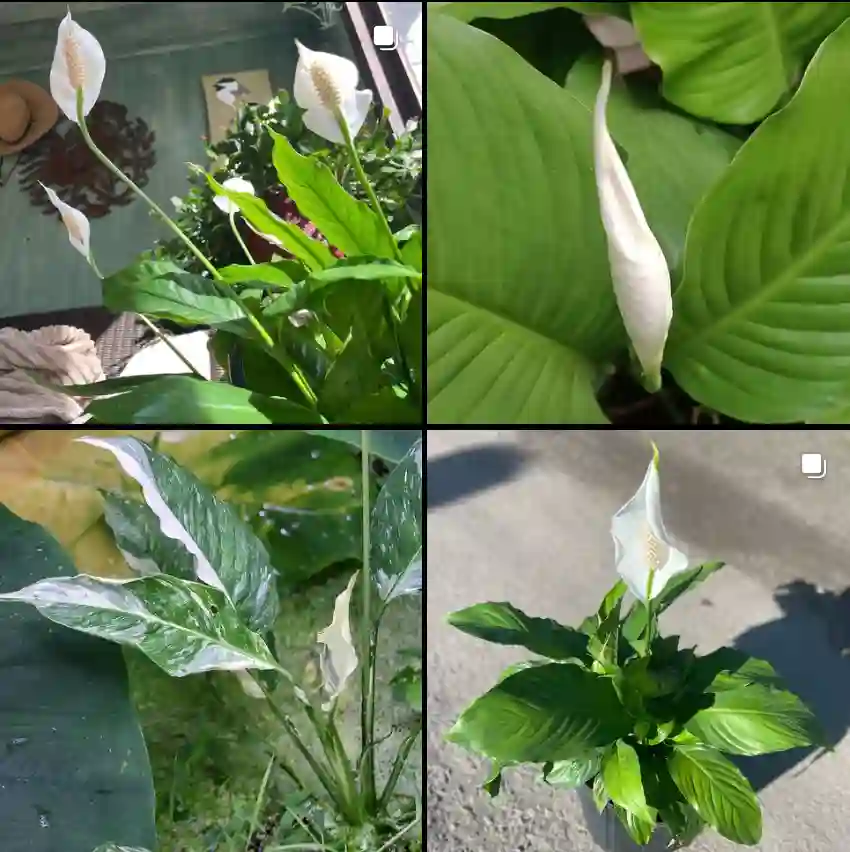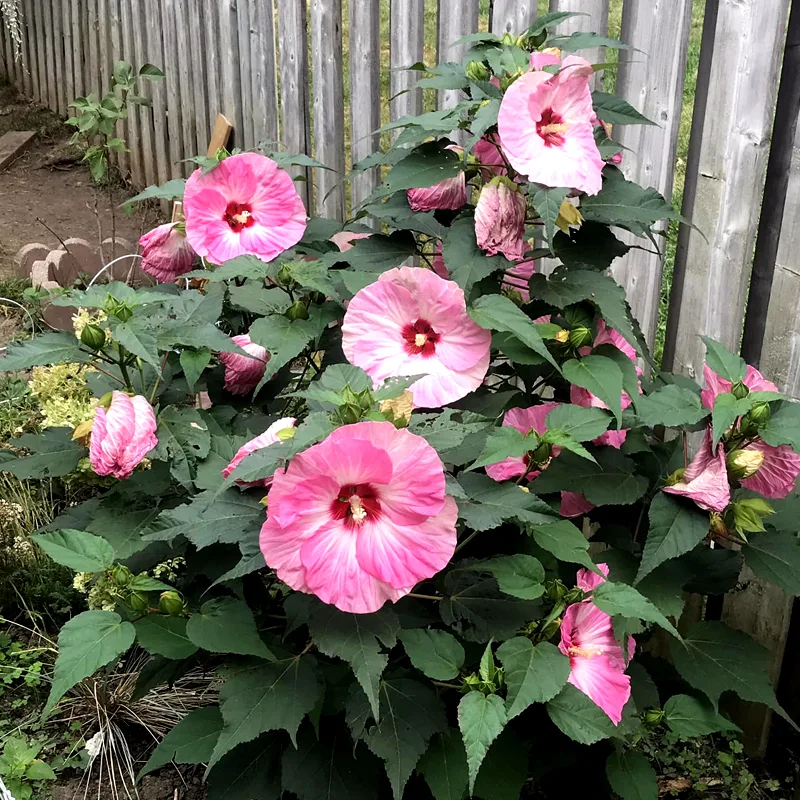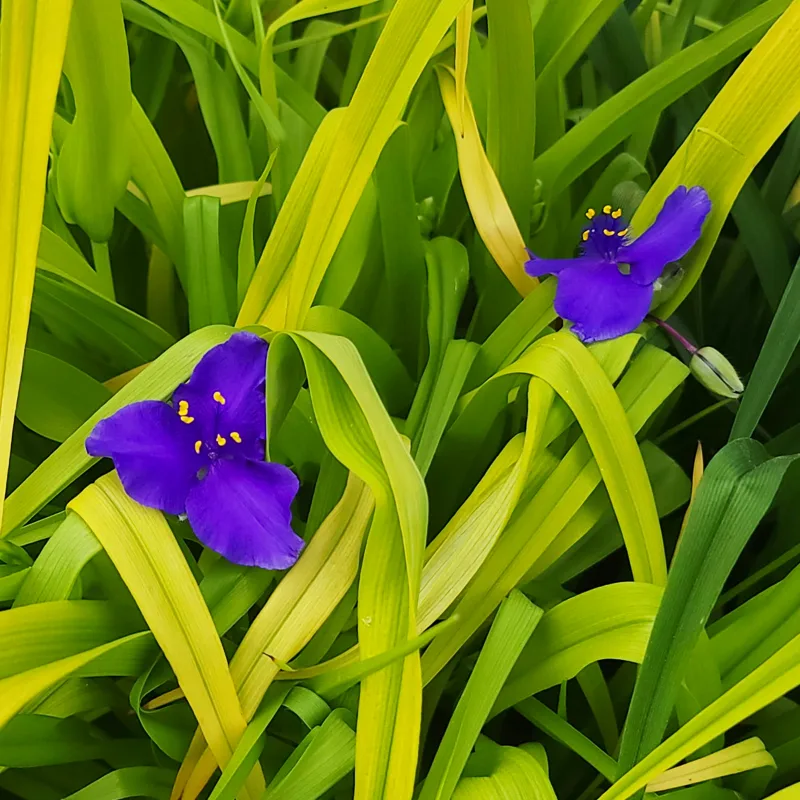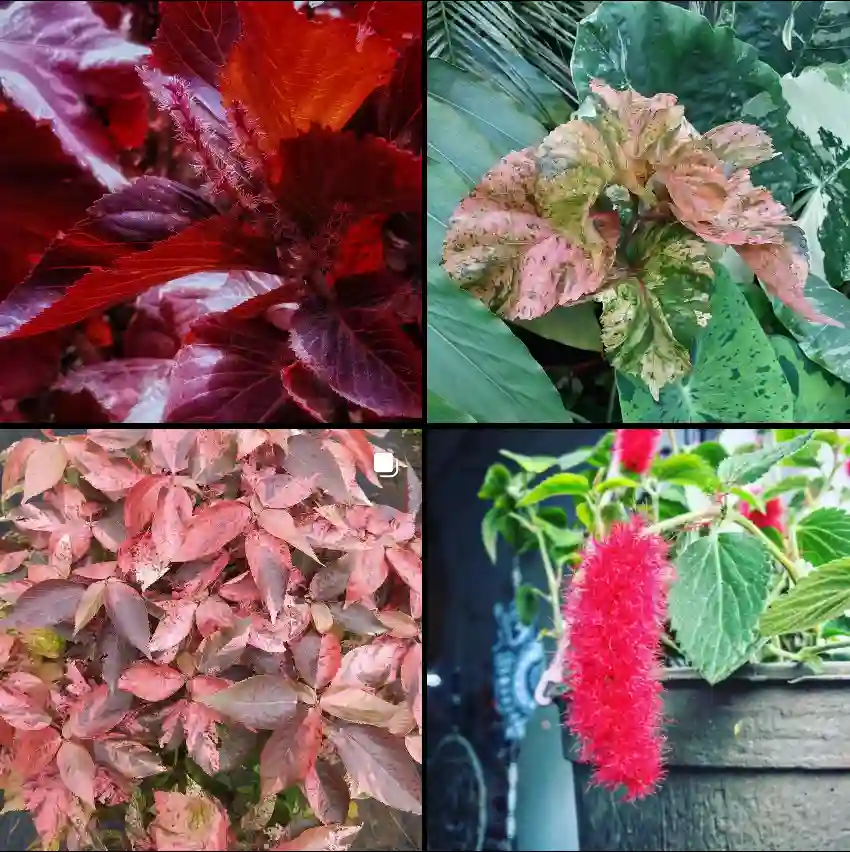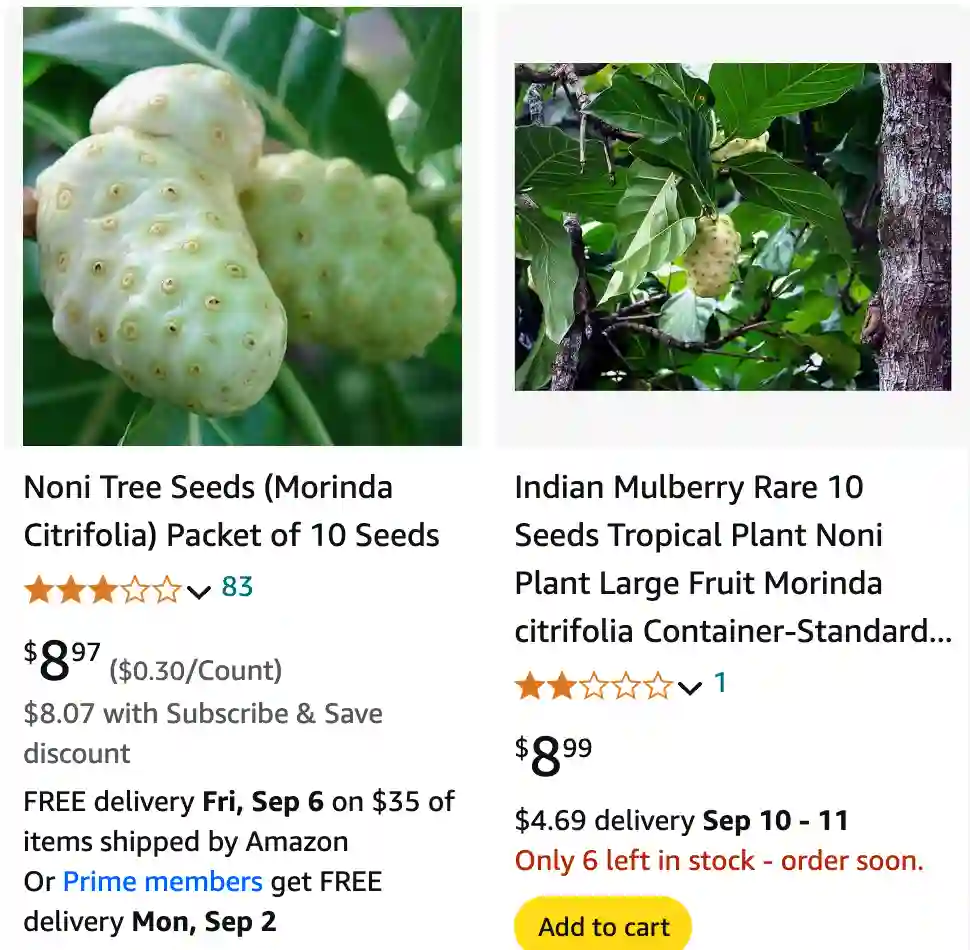
What is Morinda Citrifolia?
Morinda Citrifolia, often known as Noni, is a tropical plant native to Southeast Asia and Australasia. Its fruit, leaves, and roots have been used in traditional medicine for centuries. The plant thrives in warm climates and can grow up to 10 feet tall. Its distinctive greenish-yellow fruit has a strong odor that many find off-putting, but it is celebrated for its potential health benefits.
39 Species in Genus Morinda
What is Morinda Citrifolia Used For?
Morinda Citrifolia is renowned for its numerous uses in traditional medicine. It is commonly used for its purported anti-inflammatory, antioxidant, and immune-boosting properties. The juice of the Noni fruit is particularly popular and is often consumed to support overall health. Some people use it to alleviate chronic pain, improve digestion, and boost energy levels. Additionally, Noni is used in skincare products for its potential to help with acne and promote healthy skin.
Is Morinda Citrifolia the Same Thing as Morinda Root?
Morinda Citrifolia and Morinda root are related but not identical. Morinda Citrifolia refers specifically to the Noni plant, including its fruit, leaves, and sometimes its roots. Morinda root generally refers to the root of various species in the Morinda genus, not just Citrifolia. While both have medicinal uses, the specific properties and benefits can vary depending on the exact type of Morinda being used.
Morinda Citrifolia vs. Moringa Oleifera
Morinda Citrifolia and Moringa Oleifera are often confused, but they are distinct plants with different characteristics. Moringa Oleifera, commonly known as the Drumstick tree or Miracle tree, is celebrated for its highly nutritious leaves and seeds, which are rich in vitamins, minerals, and amino acids. It is used to support overall health, improve nutrition, and combat malnutrition.
On the other hand, Morinda Citrifolia (Noni) is valued for its potential medicinal properties, including its antioxidant and anti-inflammatory effects. While both plants offer health benefits, they serve different purposes and are used in different ways. Moringa is more commonly used for nutritional supplementation, while Noni is often consumed for its purported therapeutic effects.
Morinda Citrifolia vs. Morinda Officinalis
When comparing Morinda Citrifolia with Morinda Officinalis, it’s important to note their different uses and benefits. Morinda Officinalis is another species in the Morinda genus, often referred to as Ba Ji Tian in Traditional Chinese Medicine. It is primarily used for its tonic and adaptogenic properties, believed to support reproductive health and improve stamina.
Morinda Citrifolia, or Noni, is more commonly associated with its fruit, which is used for its potential health benefits, such as boosting the immune system and reducing inflammation. While both species share some similarities, their applications in traditional medicine are distinct. Morinda Officinalis is often used for its specific tonic effects, while Morinda Citrifolia is more focused on general health and wellness.
How to Care for Morinda Citrifolia?
Caring for Morinda Citrifolia requires attention to its tropical needs. The plant prefers well-drained soil and thrives in full sunlight. Regular watering is essential, especially in hot climates, but be careful not to overwater, as this can lead to root rot. Fertilizing the plant with a balanced fertilizer can support healthy growth. In colder climates, it is best to grow Morinda Citrifolia in a greenhouse or indoors where conditions can be controlled.
How to Propagate Morinda Citrifolia?
Propagating Morinda Citrifolia can be done through seeds or cuttings. To propagate from seeds, soak the seeds in water for 24 hours before planting them in a well-draining potting mix. Keep the soil moist and provide warmth to encourage germination. For cuttings, select healthy stems and dip them in rooting hormone before planting them in a pot with a moist, well-draining mix. Keep the cuttings in a warm, humid environment until roots develop.
What to Plant With Morinda Citrifolia?
Morinda Citrifolia can be grown alongside other tropical plants that share similar growing conditions. Companion plants include tropical herbs like ginger and turmeric, which thrive in similar soil and light conditions. Growing Noni with these plants can create a lush, productive garden space. However, be cautious of plants that may compete for nutrients or space.
Can You Grow Morinda Citrifolia Indoors?
Yes, Morinda Citrifolia can be grown indoors if provided with the right conditions. Indoor growth requires a warm environment with plenty of light, ideally from grow lights if natural sunlight is insufficient. Ensure good air circulation and maintain consistent humidity levels. Indoor plants may need more frequent attention to their water and nutrient needs compared to those grown outdoors.
Is Morinda Citrifolia Toxic?
Morinda Citrifolia is generally considered safe for most people when consumed in moderate amounts. However, some individuals may experience gastrointestinal discomfort or allergic reactions. It is always best to consult with a healthcare provider before incorporating Noni into your diet, especially if you have underlying health conditions or are pregnant.
Benefits of Morinda Citrifolia
The potential benefits of Morinda Citrifolia include improved immune function, reduced inflammation, and enhanced overall well-being. The plant’s antioxidant properties may help protect cells from damage and support healthy aging. Additionally, its use in traditional medicine for pain relief and digestive health is well-documented, though scientific research is ongoing to fully understand its effects.
Common Problems with Morinda Citrifolia
Common problems with Morinda Citrifolia include susceptibility to pests and diseases, such as fungal infections or scale insects. Ensuring proper air circulation and avoiding overwatering can help mitigate these issues. Additionally, the plant may struggle in cooler climates or indoors without adequate light and warmth.
Conclusion
Morinda Citrifolia is a fascinating plant with a rich history of use in traditional medicine. Understanding its benefits, uses, and how it compares to other plants like Moringa Oleifera and Morinda Officinalis can help you make informed decisions about incorporating it into your health regimen. Whether you grow it indoors or outdoors, proper care and attention will ensure you get the most out of this remarkable plant.
If i die, water my plants!
